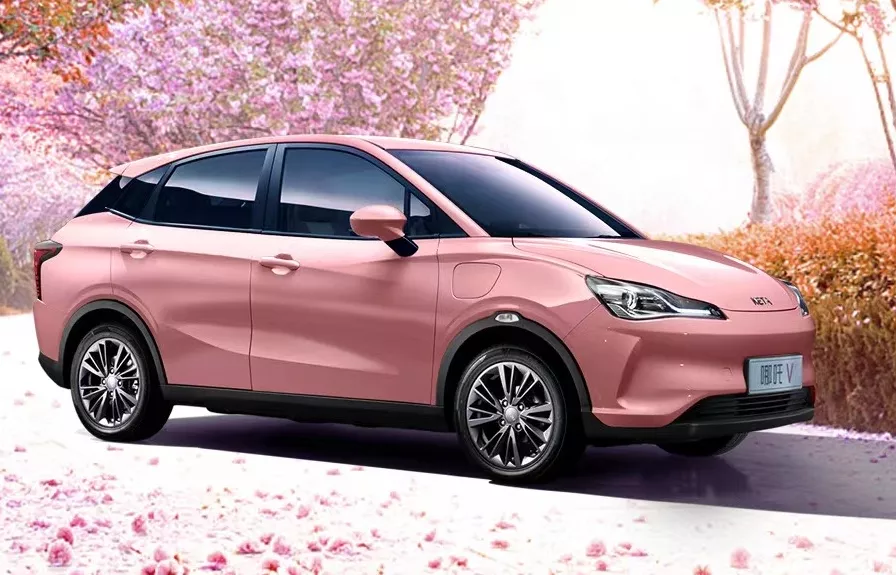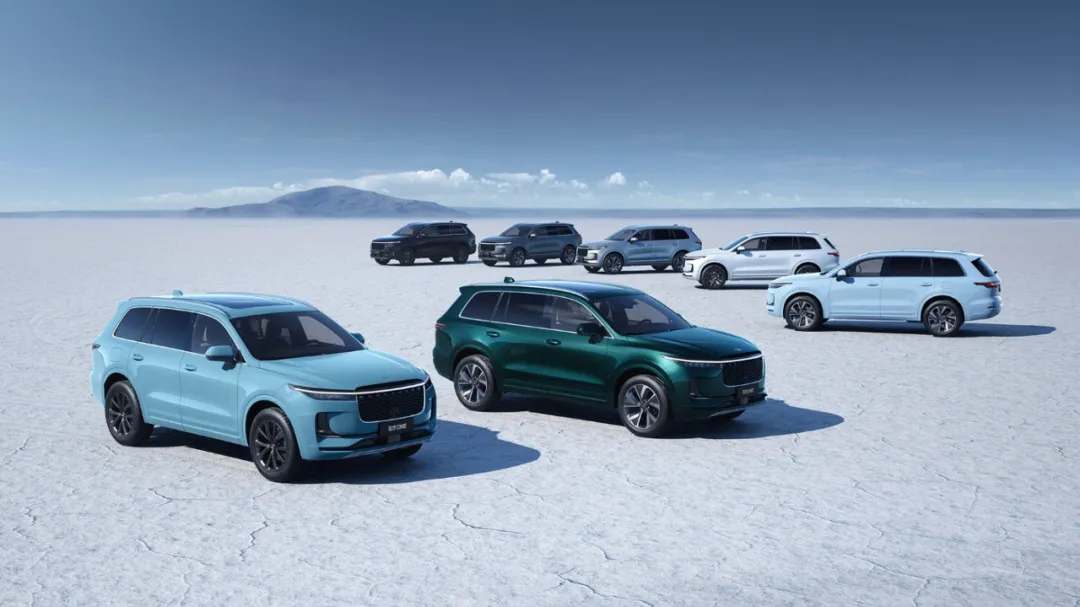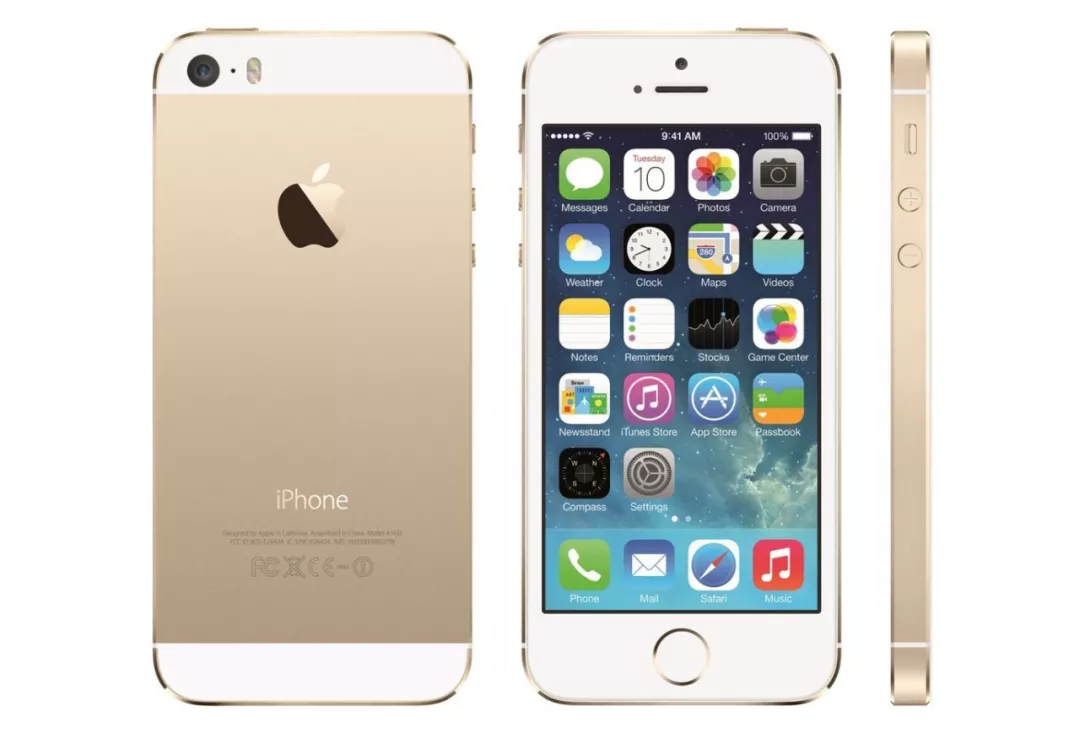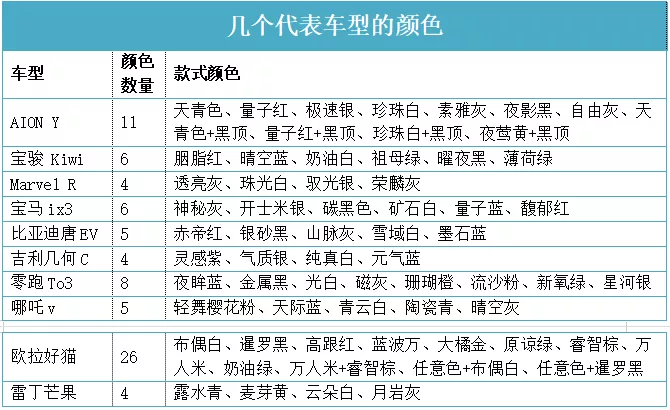Author: Mei Mao
Today, let’s talk about what colors women like for their cars.
This discussion takes us back to a joke I heard before, which was also mentioned in my previous column. A couple was interviewed and asked what kind of car they drove. The husband spoke eloquently about the engine, transmission, and acceleration per 100 km, while the wife simply said, “Our car is red.” As people laughed and teased women for their lack of knowledge about cars, I sensed something else. Gender aesthetics and tastes are growing in the gaps, and even in the steel myth of cars, women have found their precious expression.
So much so that a war of colors has already broken out in the automotive industry.
Women are natural color creatures
It is physiologically true that women are more sensitive to color than men. Data shows that up to 8% of men suffer from color perception disorders, while less than 1% of women have color perception deficiencies.
In today’s era, women’s relationship with color seems to be a bit ambiguous.
On the one hand, women really like bright colors. Take myself, for example, the “Flamingo Pink” which is highly popular among women, is a must-have background board for my photo shoots. For example, lipsticks that are considered “color terrorism” by men: when women mention “red bean red,” “pumpkin red,” “tomato red,” they won’t be confused, but for men, it’s a total brain shutdown.

Question: What kind of pink is this?
Answer: Dancing Cherry Blossom Pink
On the other hand, in real life, especially in the workplace, we find that some high-level women in corporate wear do not have as many rich colors.
Why is this? Are high-level women “not fond of color”?
Of course not, workplace discrimination against women is more stubborn and sometimes more hidden. It is revealed in the color of female employees’ clothing.
In these cubicles, they are suppressed too miserably, and even their attire and dressing is limited to “black, white, and gray”- so-called classic three colors, giving an early impression of aging.
They know that if they do not comply with this dress code, they might be seen as challengers to order and be excluded.
And those so-called classic colors are actually “no colors.”
Just like the protective color of small animals, “black, white and gray” helps female employees integrate into the environment and avoid being too eye-catching, to prevent envy and jealousy in the workplace.
In fact, where there is oppression, there is rebellion.
Compared to being a bird in the workplace, many girls go all out when buying cars, and the car colors are very eye-catching, as if they overturned the color palette.
If you really talk about it, the colors chosen by male car owners I know are pretty plain, with just red, yellow, and some low-key options. In contrast, women car owners are more likely to choose unique and unconventional colors such as grass green and royal blue.
The Color Palette of New Car Brands
New car brands, represented by the new energy vehicle manufacturers, have begun to introduce brightly-colored cars into the market. This may be due to the younger generations, including 95s and 00s, who are entering the car-buying population. In their daily lives, they have no taboos in terms of color expression, such as wearing trendy styles, dying their hair – the grandma grey, and shades of green and purple that are reminiscent of the anime world. Their preference for bright colors naturally affects their choice in mass consumer goods, such as cars.
In browsing the internet, I came across a very interesting comment from a female consumer about cars:
“At first glance, I find the Ola Cat vehicle absolutely adorable. The best part is that the car is equipped with amazing features, including a 360 degree view camera. Now I’m just waiting for it to hit the market, waiting to test drive it, and waiting to take it home. The only thing I’m struggling with now is which color to choose. Ladies, please help me pick the best color!”
This comment is interesting because it fully expresses the decision-making process of female consumers. In addition to being fully functional, the color of the car also played a significant role in the decision-making process. Interestingly, she chose to reach out to her female friends for advice, rather than ask men who may be more knowledgeable about cars.
Meanwhile, Li Auto went ahead and released a pink version of their Li One vehicle, which is touted as the “magical witch edition.”
In the fast-moving consumer goods industry, there is an unwritten rule that says, “Sometimes, making it pink works.”
According to The New York Times, the company RIM launched a pink BlackBerry Pearl phone for Valentine’s Day sales years ago. The marketing executive said that, in the past, the market was focused on functionality alone; now it is focused on lifestyle. Pink is said to be the only color that is driven purely by female users. (Why Women Buy)
It is worth mentioning that pink was actually considered a masculine color in the early years, while blue was considered the feminine color. This tradition persisted in the western world for a long period of time. It’s hard to imagine, isn’t it?This change in the stereotype of color, even a 180-degree reversal, is due to Mamie Eisenhower, the “pink enthusiast,” who wore a pink sparkle dress with more than 2,000 rhinestones at her husband Eisenhower’s inauguration ceremony as the U.S. president in 1953.
She personally loved pink, and during Eisenhower’s presidency, the entire White House was filled with pink furniture. Mamie even almost painted the bedroom inside the White House pink because of her obsession with this color.
Because of this obsession with pink, fashion and home decor magazines at the time did not refer to the White House as the White House, but instead called it the “Pink Palace.”
Later on, an English word was derived, Pink Power, which means the power of pink. This is completely different from the traditional sweet and cute pink, as Pink Power represents love, happiness, and strength, and is accepted by millennials as well.
Modern women want to express their femininity as well as strength, resilience, and independence.
The color war has already begun
In fact, we can see that women’s choices in car body colors have slowly transitioned from functional needs to emotional or mood needs.
Many Chinese women choose white cars, possibly because white visually extends the car and satisfies their face-saving needs. At the same time, air pollution is still severe, and white cars are not as “dirty-looking”, especially in northern China.
In order to extend into the women’s market from the saturated male market, the first impression of appearance may be the core competitiveness that determines success or failure at a glance.
Designers and car companies can no longer use simple black, white, and gray to obtain a huge market for potential female consumers with different skin colors, educational and cultural backgrounds, and historical backgrounds.
For a long time, as one of the most underestimated parts of the car production process, color design will become a decisive weight on the victory balance in this market war against women.
Color represents personality, just like no woman likes to wear the same outfit.
As a symbol of women’s charm and appearance, cars are accompanied by color and interior design as the connotation. Compared with various mechanical parameters, from the moment when the designer drew the first stroke on the sketch, an aesthetic war that determines sales has already begun.
 Maybe behemoths like BBA can still move forward with the huge momentum of their brand even without following this kind of breakout battle. However, domestic brands can undoubtedly take some cities by launching a color war early.
Maybe behemoths like BBA can still move forward with the huge momentum of their brand even without following this kind of breakout battle. However, domestic brands can undoubtedly take some cities by launching a color war early.
Taking 3C products as an example, the “gold color” of the Apple phone is a very successful revolution in phone color.

Subsequently, Oppo, Vivo, Xiaomi, and Huawei successively launched various forms of colors, bringing huge visual stimulation and purchasing desire.
In other words, high-end luxury brands are not eager to cater to the banal when it comes to color matching. For domestic brands, it is imperative to use various color shells to promote sales.
At present, the color revolution in the automotive field, especially for the color revolution for women, I think it is still mostly happening in domestic new energy vehicles within 100,000 yuan.
In fact, there are many ways for domestic brands to play the color revolution. From the perspective of female consumers, I personally think that:
Cars can have customized colors or cartoon characters, highlighting the owner’s personality traits, such as pink Hello Kitty, blue Doraemon;
Posters can use more vivid colors to attract consumers, and guide sharing on social media;
There are more choices in interior colors;
The traditional color schemes such as black and white body can be specially matched with brightly colored peripherals for car owners, such as water bottles, cushions, luggage, etc.

Let’s talk more about color.
Wherever we look, color is present.
Colors mark our emotions and social existence, and even language is a minion of color. Color must be one of the real attributes of the world.
The existence of vision is to identify color, isn’t it?
Being sensitive to color, especially for women, is not a “lack of stability and rationality” or “embarrassment”.
That is, human beings, not other animals, can conceptualize color vision.
The ability to conceptualize everything is an evolutionary advantage.
As an objective physical fact, color has no color. When it comes to color, there is always something beyond vision. Perception of color is physical, while understanding of color is cultural.
For example, the Pink Power mentioned in my previous article.
Color experience is the “instant appeal” that gives you the final decision to make a buying decision.
Think positively!
This article is a translation by ChatGPT of a Chinese report from 42HOW. If you have any questions about it, please email bd@42how.com.